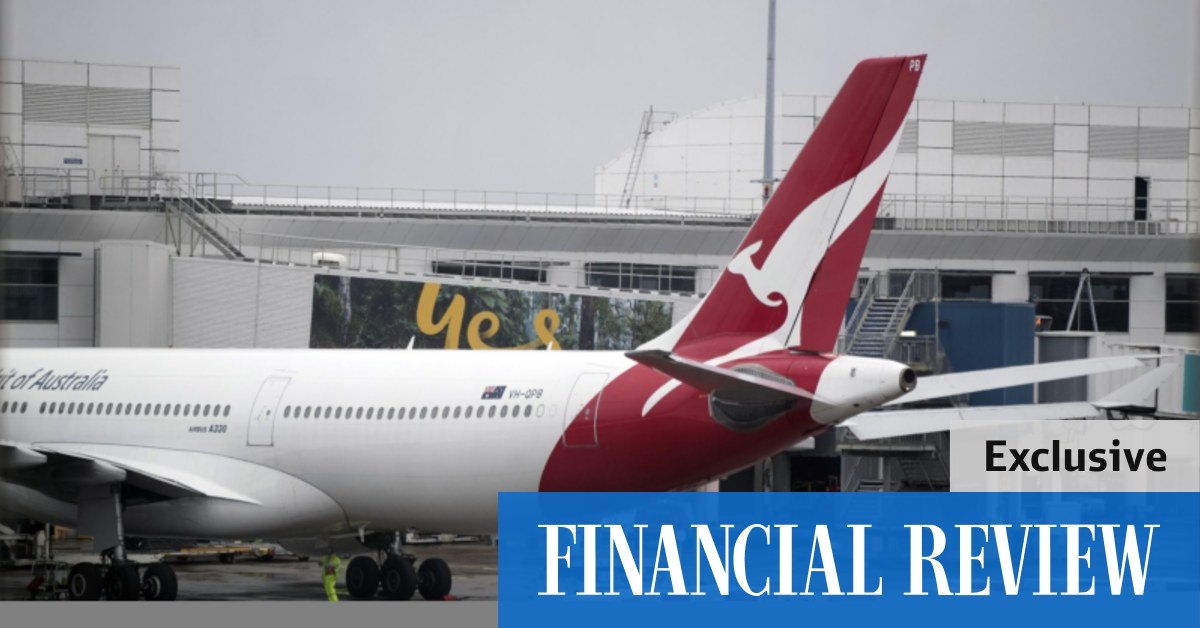“Without knowing the details I imagine that there are a number of components in the communication chain, so they would have to diagnose, identify the fault and test and restore,” Dr Nesci said.
“What is surprising however is that such a critical system does not appear to have a high level of redundancy – ie a backup system on hot standby. This would allow a failover to the redundant system in a few minutes while the primary system is restored.”
The outage was unrelated to long lines and a slew of canceled flights at Sydney and Melbourne airports on Monday morning.
At Sydney Airport, 23 flights were canceled across multiple airlines as a result of engineering issues and COVID-related staff shortages that have plagued airlines since Australia reopened its domestic borders.
Twenty flights were canceled at Melbourne airport on Monday, about 7 per cent of the 286 scheduled departures, including nine flights from Qantas, seven from Virgin, and four Jetstar flights.
Virgin was forced to change its schedule over the weekend due to crew sickness, and a spokeswoman said the airline apologized to travelers impacted by delayed or canceled services.
The most recent government data from June showed just 63 per cent of all domestic flights arrived on time and 5.8 per cent of scheduled flights were canceled by local airlines.
The Bureau of Infrastructure and Transport Research Economics said Australia’s aviation sector posted the “worst on time performance figures recorded since recording commenced in November 2003″, followed by the Easter holidays in April 2022.
Bad weather, congestion and other COVID-related issues dragged down the time arrivals figure in June, which was significantly lower than the long-term average performance for all routes of 82 per cent while the rate of cancellations was more than double the long-term average of 2.1 per cent.
